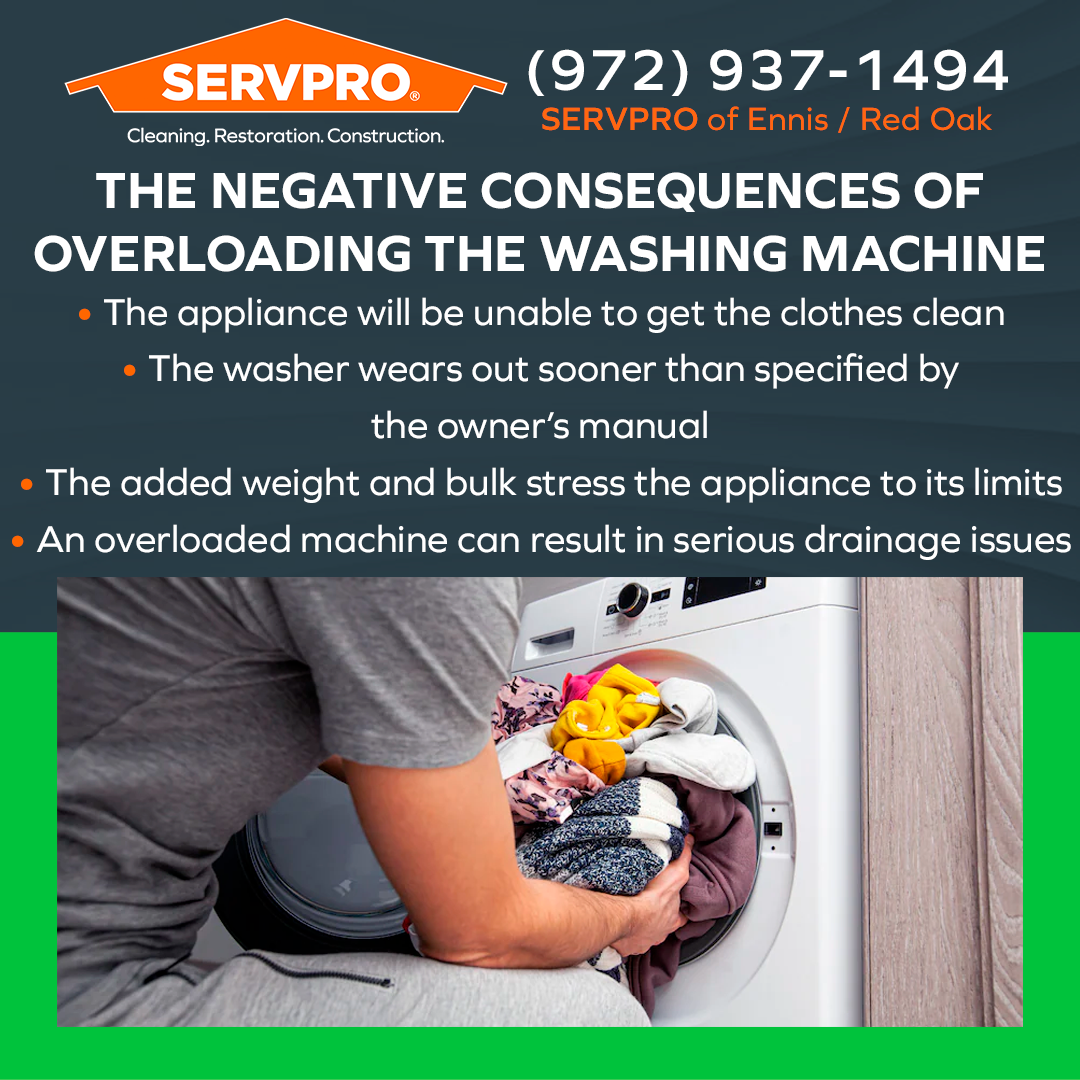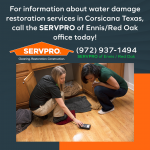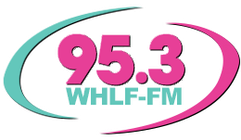SERVPRO® of Ennis/Red Oak is the customer’s choice for tackling fire damage, smoke damage, and water damage restoration. The hustle and bustle of life place heavy time demands on the typical household. One way to return precious time to the schedule is by overloading the washing machine. From start to finish, a load of clothes may take about an hour to wash. Is overloading the washer worth it in the long run? The answer is a resounding “No!”
.png)
The negative consequences of overloading the washing machine
Exceeding the manufacturer’s recommended load capacity for the washing machine is to be avoided for the sake of the clothes, the appliance, and the plumbing system. Here are several reasons to keep the washer load within the safe limits recommended by the manufacturer.
#1. The appliance will be unable to get the clothes clean
An excessive amount of clothing in the appliance reduces the effectiveness of the agitation action to work the dirt, stains, and grime out of dirty clothing. The washing action is dynamic, not passive. Clothing must be able to move back and forth to help dissolve stains and dislodge grime. The water and detergent need to mix and then be able to seep into every crevice of clothing. An overloaded drum wastes energy, water, and time.
The downside of an overload is wet, dirty clothes, some of which are caked with undissolved detergent. Running the load through another wash and rinse cycle will not solve the problem.
#2. The washer wears out sooner than specified by the owner’s manual
Agitation generates the friction needed to get clothes clean. An overloaded drum is often unbalanced, causing the washing machine to “walk” during the spin cycle. The stress on the gears, bearings, mounts, and motor wears the unit out very quickly. The impact of the strong forces damages clothing, and the fabric loses its texture. Zippers become tiny saws that grind and pick the material of other garments. Clothing becomes intertwined and tangled. Excessive stretching from the jamming and jarring can ruin sweaters, t-shirts, and yoga pants.
A front-loading washing machine should not be overloaded, either. The clothing will rub against the door and the rubber door seal and become damaged in the process.
#3. The added weight and bulk stress the appliance to its limits
All washing machines have weight and volume capacity. Only so many thick, heavy towels can be effectively cleaned in a single load. Heavy loads put undue stress on the components of the appliance. The suspension will wear out and break down after constant exposure to the burden of an overloaded drum.
Bonus tip: Avoid underloading the appliance. The appliance functions best when load sizes are within the specifications set by the manufacturer. The lighter load causes the machine to be imbalanced. Underloading the washer wastes energy, water, and time.
#4. An overloaded machine can result in serious drainage issues
Appliance experts at Angi.com explain how overloading the washing machine can lead to the infamous missing sock problem, writing, “Over the years, you’ve probably lost a sock or two in the wash. While you’re sure they went in as pairs, one or two left the wash cycle without their partner. No, you’re not crazy; socks, underwear, and other small items can disappear in the wash if you overload them. More specifically, these items can get sucked into the machine’s drain hose and prevent the washer from draining properly.”
What to do if a water damage disaster occurs
The washing machine is a “wet” appliance, meaning a malfunction can often result in a water damage disaster. A typical washing machine can use as much as 19 gallons of water. That much soapy, dirty water on the floor is a nightmare to clean up. If not removed immediately, the water can damage baseboards, flooring, substrate, and carpeting. The soapy water on the slippery floor elevates the risk hazard of a slip-and-fall accident.
.png)
The best and safest response is to call the water damage cleanup specialists from SERVPRO of Ennis/Red Oak. A crew of IICRC-certified technicians can be on the scene in about an hour. The team cleans up the disaster by utilizing heavy-duty equipment, state-of-the-art moisture-detecting technology, and advanced cleaning techniques, returning life to normal.
For more information about water damage restoration services in Corsicana, TX, contact the SERVPRO of Ennis/Red Oak office by phone at (972) 937-1494 or by email at acarey@servpro10932.com.
































